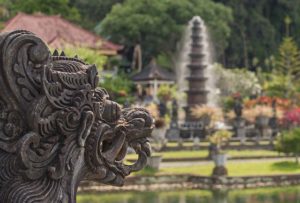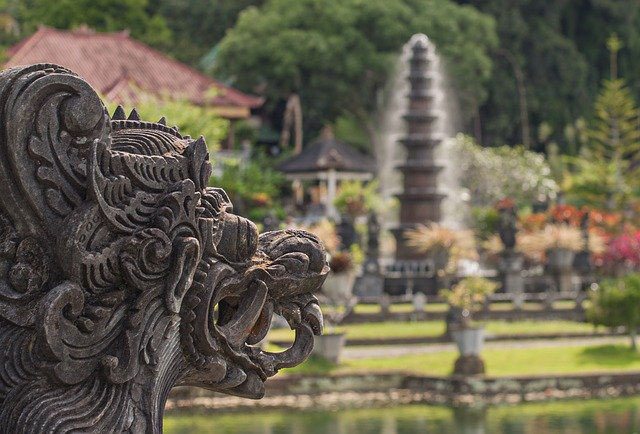Malaysia and Indonesia are lands of diversity. One may discover such a colorful abundance of people, cultures and indigenous languages, if only one decides to look. In the splash of colors, we have decided to look into two languages that are seemingly painted in the same nuances. Key word – seemingly.
Bahasa Melayu and Bahasa Indonesia are two languages stemming from the same source. To a non-speaker, those languages might sound absolutely the same, and although their speakers generally understand each other, there are still significant linguistic differences. This article will look into some of the most prominent language differences in search for what caused them and how they might change in the future.
History and influence
When asked where those language differences stem from, linguists usually state they have formed due to the different influence the two countries have been under. It is widely known that Malaysia is a former British colony, whilst Indonesia is a former Dutch colony.
Naturally, Bahasa Melayu has developed, incorporating more English loanwords, while Bahasa Indonesia uses Dutch ones. For example, the Malay word for towel is “tuala” (sounding a lot like the English one) and the Indonesian word is “handuk” (coming from the Dutch “handdoek”). However, we have to note that, although the countries have been under different influence in the past, nowadays Indonesians are making use of English loanwords quite masterfully, too. What might be the reason for this?
Culture and linguistic point of view
 Yes, history is an important factor in the forming and developing of a language. Still, we should not forget about the cultural element, too. According to the latest research, Bahasa Indonesia is spoken by nearly 200 million people. This is the official language of Indonesia and it is used by the majority of different ethnic groups in the country. Indonesia is a home of diversity – because of the numerous languages and ethnic groups it consists of, Indonesian culture is very flexible and open to change. This means that Bahasa Indonesia is also rapidly changing. It borrows heavily both from the languages inside the country and from languages internationally.
Yes, history is an important factor in the forming and developing of a language. Still, we should not forget about the cultural element, too. According to the latest research, Bahasa Indonesia is spoken by nearly 200 million people. This is the official language of Indonesia and it is used by the majority of different ethnic groups in the country. Indonesia is a home of diversity – because of the numerous languages and ethnic groups it consists of, Indonesian culture is very flexible and open to change. This means that Bahasa Indonesia is also rapidly changing. It borrows heavily both from the languages inside the country and from languages internationally.
Bahasa Melayu differs yet again. The language is spoken by around 19 million people and society there is more homogenous, thus striving to preserve the purity of their language. Malaysian linguists view the wide use of loanwords as polluting the language, while Indonesian ones believe it shows how dynamic a language is.
Language differences – same words, incredibly different meanings
In order to better illustrate the differences and similarities between those languages, we have prepared some interesting examples.
Let us start with the word “baja”. In Bahasa Indonesia it means “steel”, while in Bahasa Melayu it simply means “fertilizer”. The word “percuma” means “free” in Bahasa Melayu and “useless” in Bahasa Indonesia. Another interesting example is the word “budak” – in Malaysia it means “youth, kids”, while in Indonesia it bears the meaning of “slave”!
As you can see, the differences might be crucial and this is the point where a good professional will make a difference. With experience and knowledge, a simple text can turn into the right information given in the right way. At the end of the day, this is what wins us a client or a friend, right?
